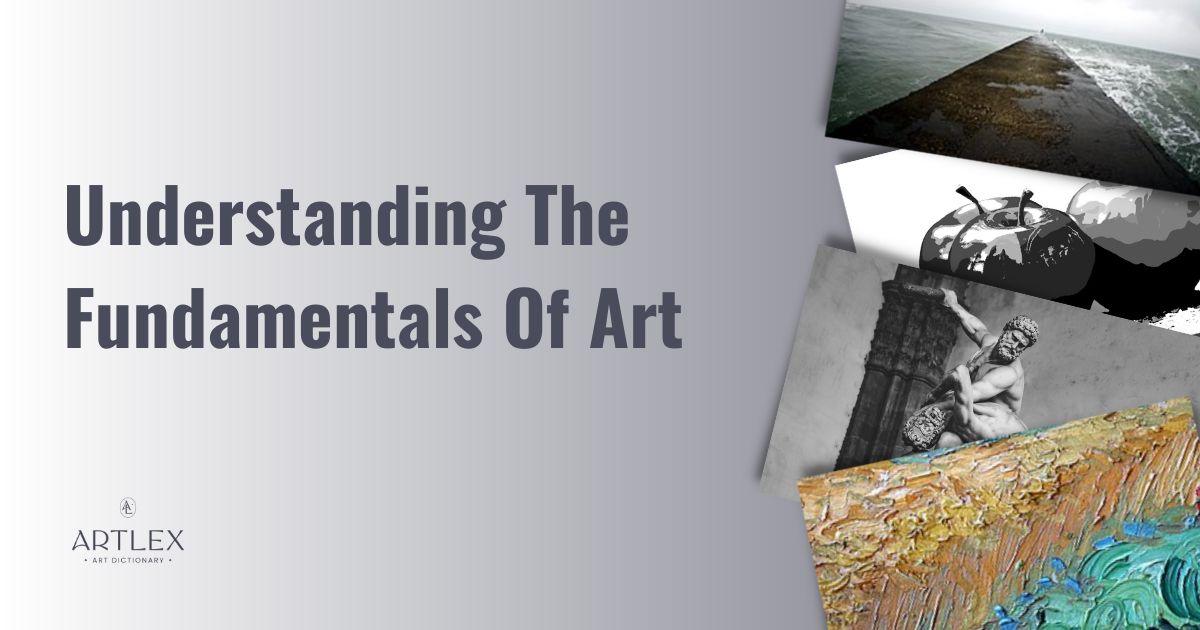
Art fundamentals provide a foundation with which to begin practicing art, analyzing art, and appreciating art. The fundamentals of art include Color, Composition, Value, Form, Anatomy, Brushwork, and Perspective. Learning the fundamentals of art will empower artists and art enthusiasts to better understand the visual nature of artwork, as well as better create and manipulate visual art through both classic mediums and technological mediums.
What is Art?
Art is a human activity consisting of recreating a real or imaginary world through a sensitive vision using plastic, linguistic or sonorous resources expressing ideas, emotions, perceptions, and sensations.
The truth is, there is not a single definition for the word “art” that entirely covers its extension.
I believe art is an opportunity to communicate and connect the artists and the audiences, to transmit ideas, emotions, and messages that have transcended time and will always be a collective reminder of humanity’s journey.
We all have creative souls inside. Some of us decided to explore our creative side more than others, hence the existence of artists, but where does a creative journey start? What does it take for one to become an artist? Is art education the only way to go? or is it enough to start creating?
Many artists agree that there isn’t a “right approach” to art. However, we all know that when learning visual arts, there are seven pillars that we can’t forget are called “art fundamentals” that will give you solid foundations as a beginner, and it’s proved that reviewing them over time will drastically improve your art even as a professional working artist.
What Are The Fundamental of Art?
The fundamentals of art are Color, Composition, Value, Form, Anatomy, Brushwork, and Perspective. These principal art fundamentals are constitute concrete visual components that work together as they overlap and influence each other. Understanding the functions of all the elements will constitute a solid base from which to begin practicing art. With a good knowledge of these elements, it will be easier to analyze art, decipher art, appreciate art, and, most importantly, create art.
1. Color
Color is a figment of light, the small portion of the light spectrum our eyes perceive in nature, that is, color. From cave art to contemporary art, artists have come to understand how to take advantage of the color wheel and its combinations.
Time and deep analysis have demonstrated how certain colors and combinations can naturally evoke a specific sensation in the human brain. Even in psychology, we can find several studies on color’s effect on behavior, mood, and emotions.
Color translates into color theory for plastic arts, one of the seven art fundamentals, so of course, it is necessary for every artist. However, it is important to note that color theory and color mixing will sometimes go in different directions.
Color Theory
Color theory studies how different colors can be combined to create harmony and contrast, a set of rules and guidelines that help visual artists understand color better.
The history of color theory is fascinating. It began with the ancient Egyptians, who believed that colors had healing powers. They used combinations of colors for their paintings and sculptures. The Greeks also studied color theory, and they were the first to divide it into three elements: hue, value (lightness), and chroma(saturation).
See more below. For a full guide, see our comprehensive article on Color Theory for Artists.
Hue
It is what we commonly call color. The difference between each slight shift in the color wheel is what makes a hue. In digital art, it is easier to determine the hue since each software has its own color wheel and color slider with specific numbers for each degree of hue change. However, in traditional art, hue needs to be determined and even created by the artists by color mixing.
Lightness
Hues can move around the color wheel and interact with the neutral Black and White. Lightness defines the level of interaction of determined hues with white (Tints) or black (shades)
The more a color gets close to white, the lighter the tint gets, for example:
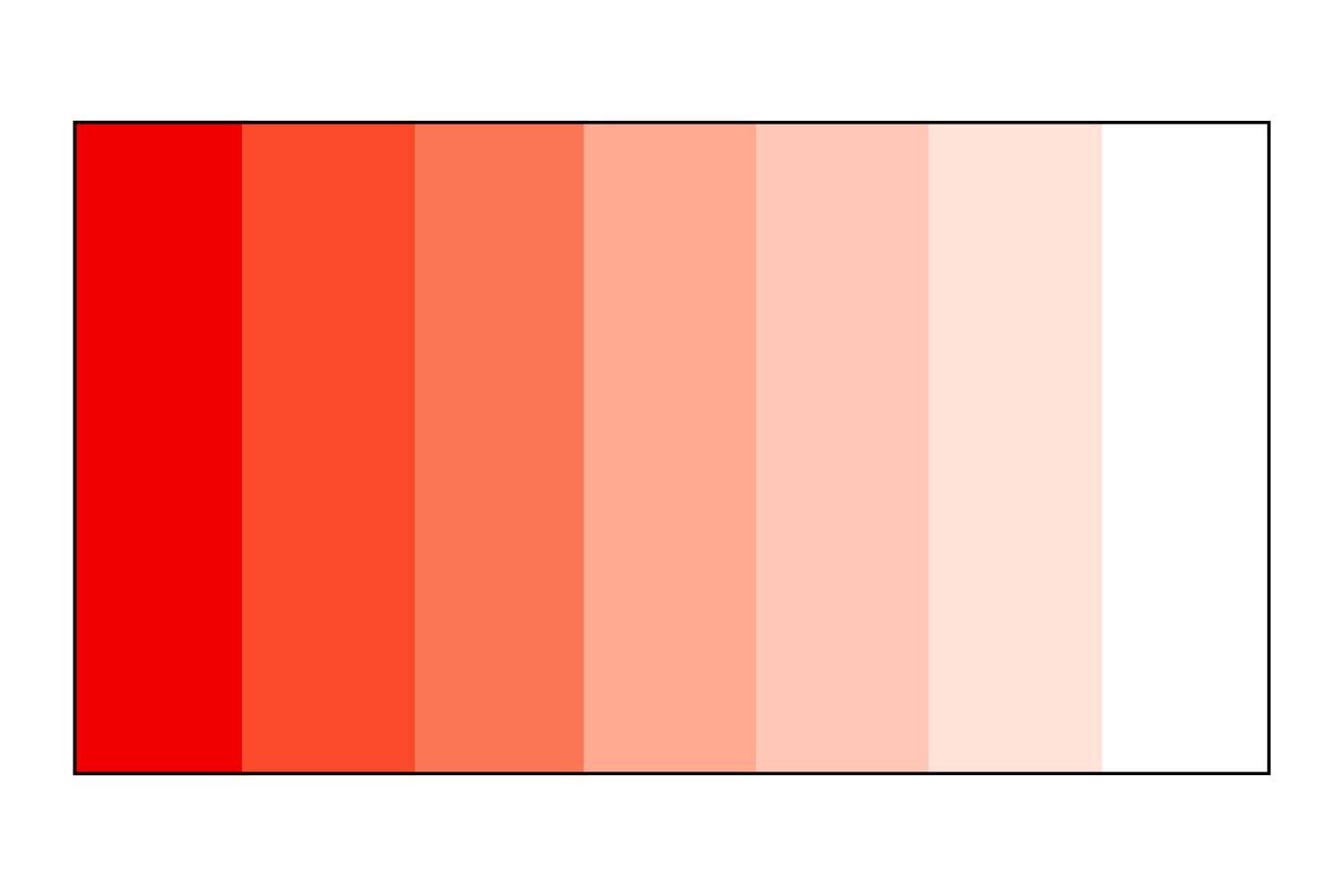
The more a color gets close to black, the darker the shade gets, for example:
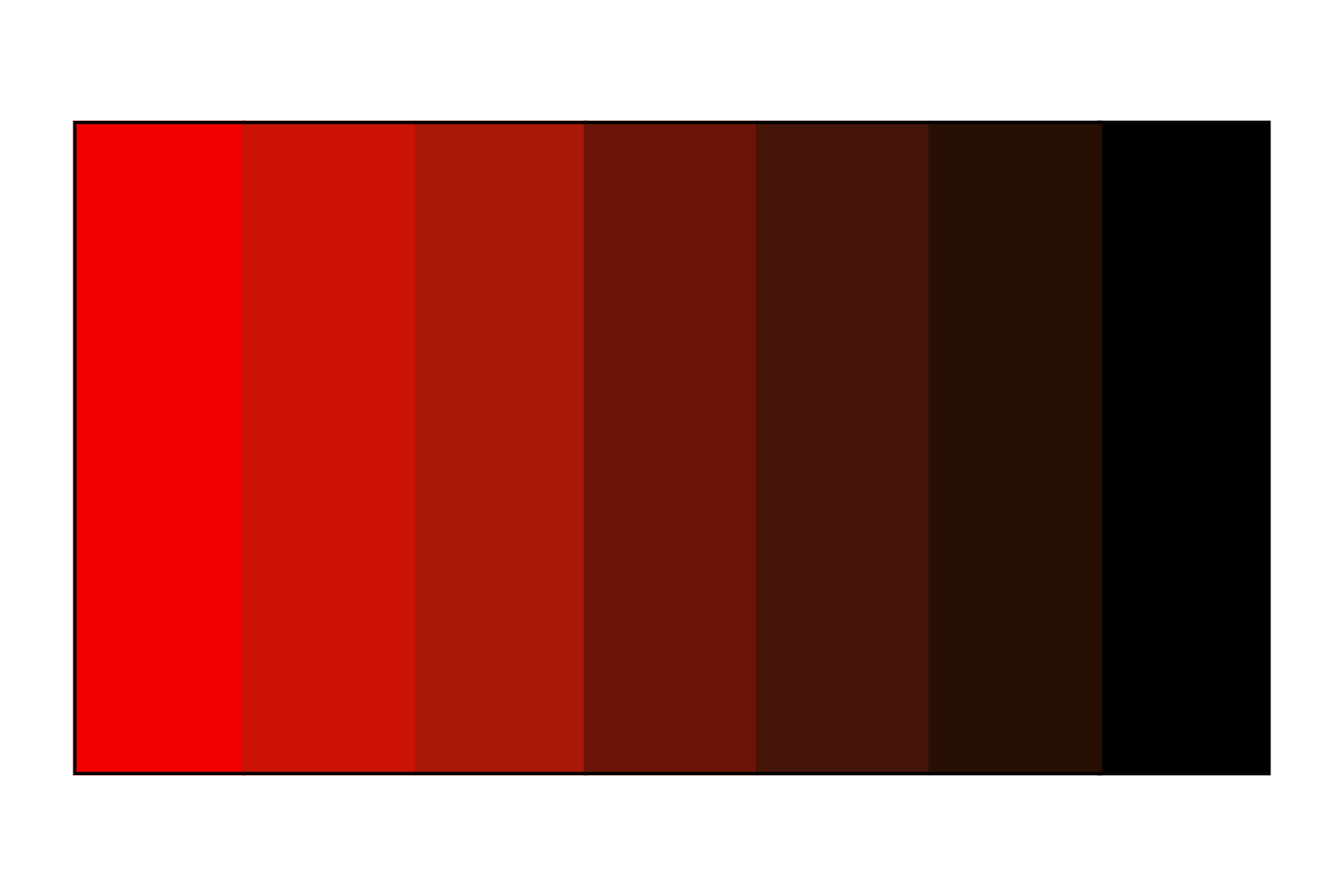
Saturation
Saturation traduces to the intensity of the color, we can take any color and trace a straight line from it to gray, changing its saturation to the lowest, and we would get gray, see this example:

This applies to all colors, and sometimes saturation can be confusing since desaturated colors can create complex palettes that can be difficult to handle in contrast with saturated colors.
Temperature
Colors (or hues) can be perceived as cool and warm, some colors are associated with cold, like blue, green, and cyan, and some are associated with warmth, like red, yellow, and orange.

However, that doesn’t mean there isn’t a “warm” shade of blue or a “cool” shade of red. The same goes for all other colors. In painting and color mixing, we can find pigments already labeled by their associated shade.
The Color Wheel and Color Mixing
As is widely known, two main models are used nowadays, the additive model RGB and the subtractive model CMYK.
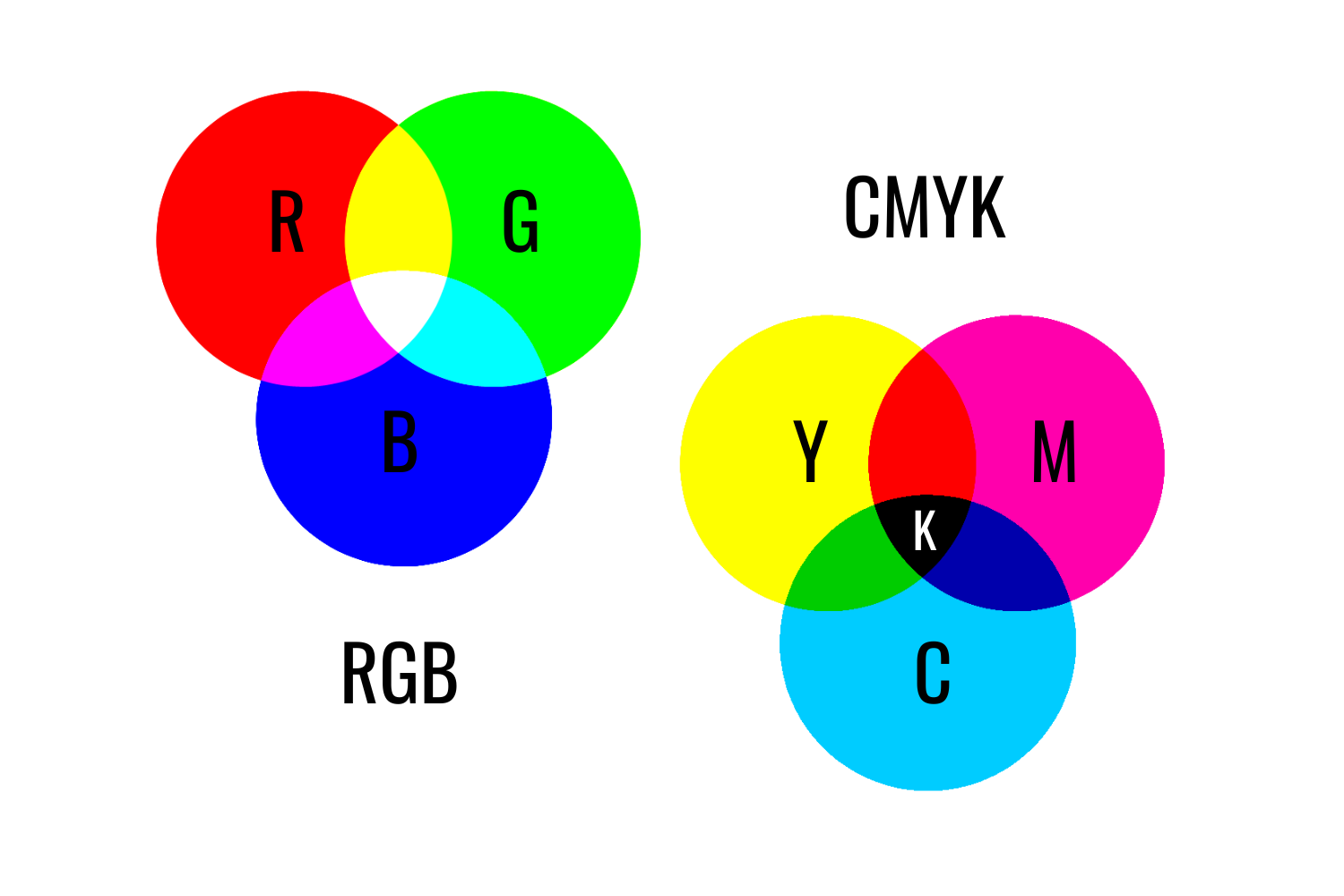
Those work with light in a very different way. However, way before these models existed, artists used the RYB model:
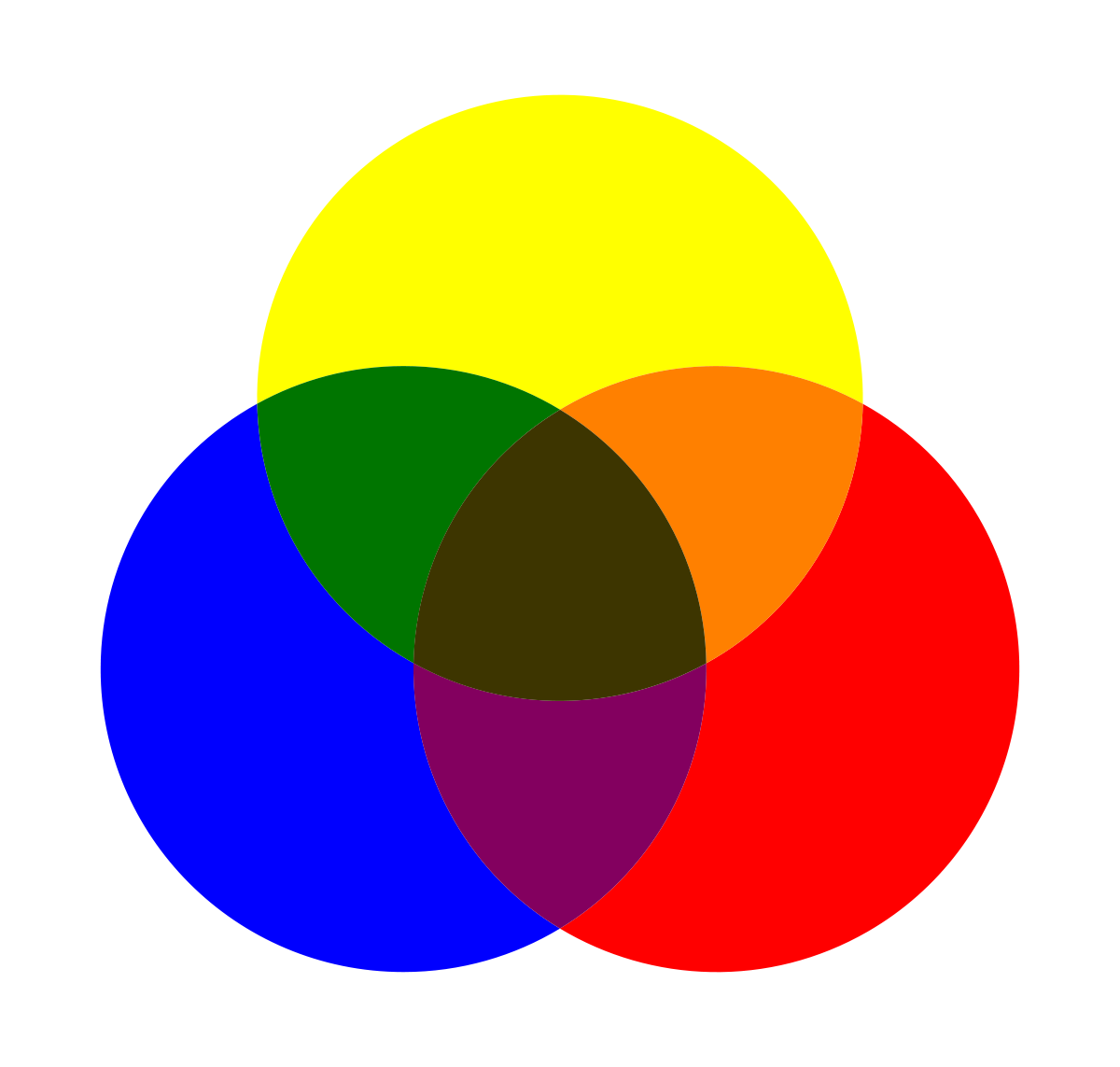
Yes, the one we all were taught in school, Red, Blue, and Yellow. Although we were led to believe that these colors were able to produce every color on the wheel, that was proved wrong in the 1960s, establishing that the RYB model, in reality, is a very basic model and produces a quite limited palette when color mixing.
RYB is present in our color wheel structure. However, along them are Orange, Green, Magenta, and Cyan.
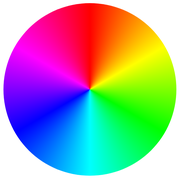
Classic Theory is based on the RYB model, thanks to Sir Isaac Newton, and was adapted by painters and artists mainly due to the lack of pigments and the excessive price of some. Nowadays, we have access to most pigments for very affordable prices, so Modern Theory takes place, along with digital art, new techniques, new pigments, new paint brands, and new art.
This is an excellent video that explains it all.
Still, it is not easy to master color theory completely. Years of practice are necessary to understand the relations of color, how some pigments change each other entirely when mixed, producing not the expected color at all, how the contrast works in our favor when using monochromatic palettes, etc.
2. Composition
Composition in art refers to the arrangement of elements in an artwork. Composition is one of the most basic artistic skills. It is the way that the artist decides to organize space, shapes, and colors on a two-dimensional surface in a way that makes sense and appeals to the viewer.
Any composition can be broken down into three main parts: the foreground, midground, and background. The foreground is made up of all elements that are closer to the viewer than any element in the midground and background. The background consists of all elements that are further away from the viewer than any element in the foreground. Here is where the most complex forms tend to be.
An artist can use composition to create depth, play with light, change elements of perspective, etc.
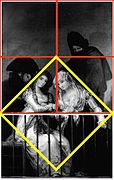
There are many different ways to compose an artwork: symmetrical, asymmetrical, geometric, organic, formalistic, impressionistic, and more.
Using basic forms to build structures and scenes, you can build your composition skills, but of course, you need to learn perspective and practice a lot in order to master this fundamental.
Thumbnailing
One of the secrets to mastering composition in a short period of time is thumbnailing.
Thumbnailing consists of drawing /creating multiple mini-artworks, very rough, where you lay your values, shapes, and sometimes colors on different angles and perspectives (one-point perspective, two-point perspective, radial perspective, etc.) for the same scene and go for the one that has stronger focal points and looks more appealing to you. This will help you build a mental database of compositions that work with your techniques and skills.
Here is a fantastic example and a tutorial on Cubebrush.co by Deiv Calviz:
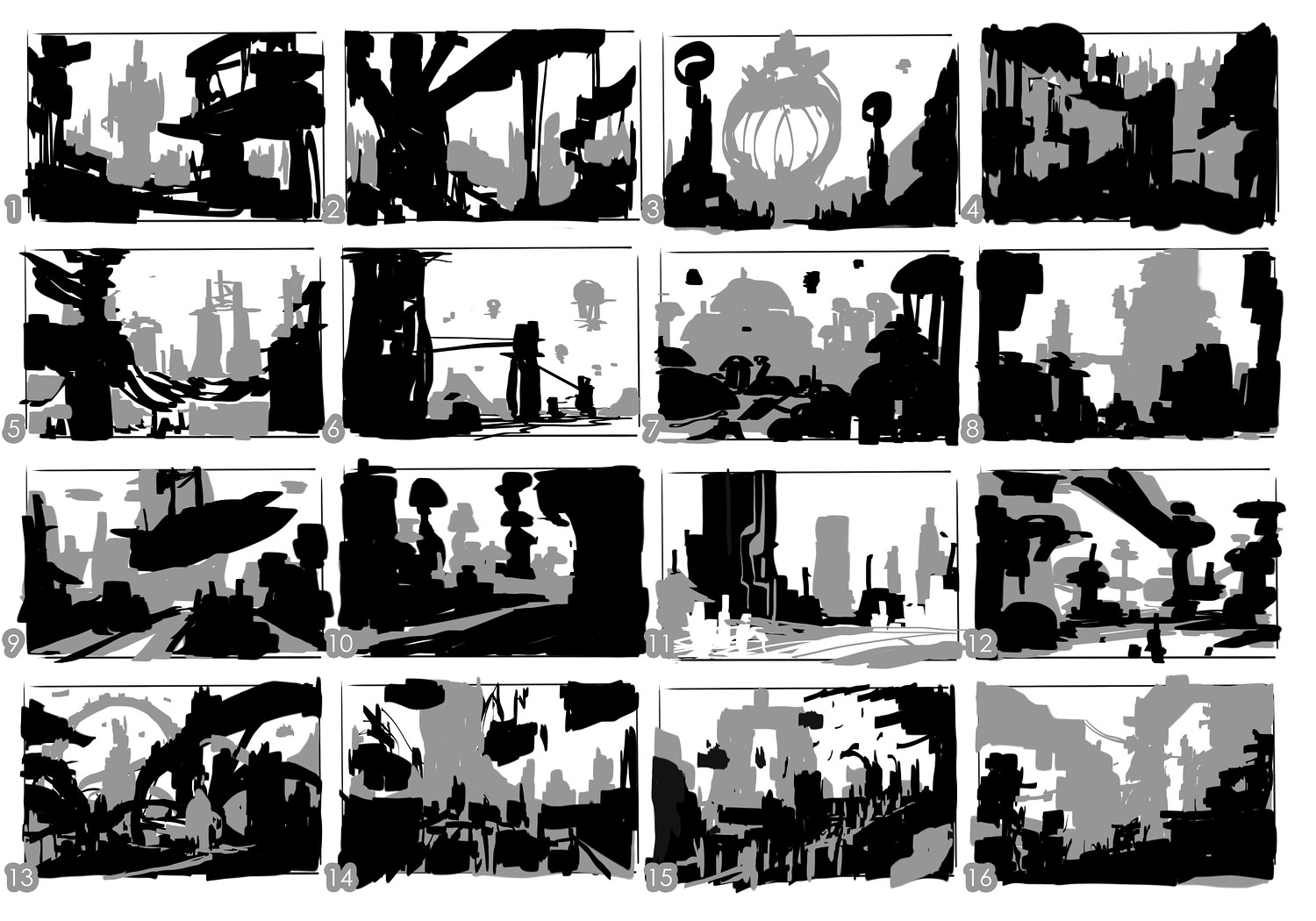
3. Value
Value is defines as the scale of lightness or darkness of a particular color or hue. Value is one of the seven art fundamentals and is deeply connected with color. However, to be able to use value and color together, it is imperative to learn value from the basics (i.e. monochrome/black and white). You can’t just look at the color wheel and see the value of a certain color, but you can for sure train your eye to differentiate the darkness and lightness of each color and compare it to a grayscale value.
Our world is filled with shapes, textures, and colors, but they all rely on light for their definition. We are able to see all of these because of light, light defines objects and shapes, and the artist is able to reproduce this by using a scale of values.
The Value Scale
We can better portray value with the scale below, going from pure whiteness to absolute black. The same can be done with any color. Nonetheless, it takes time and practice to train the eye how to see colors as values.
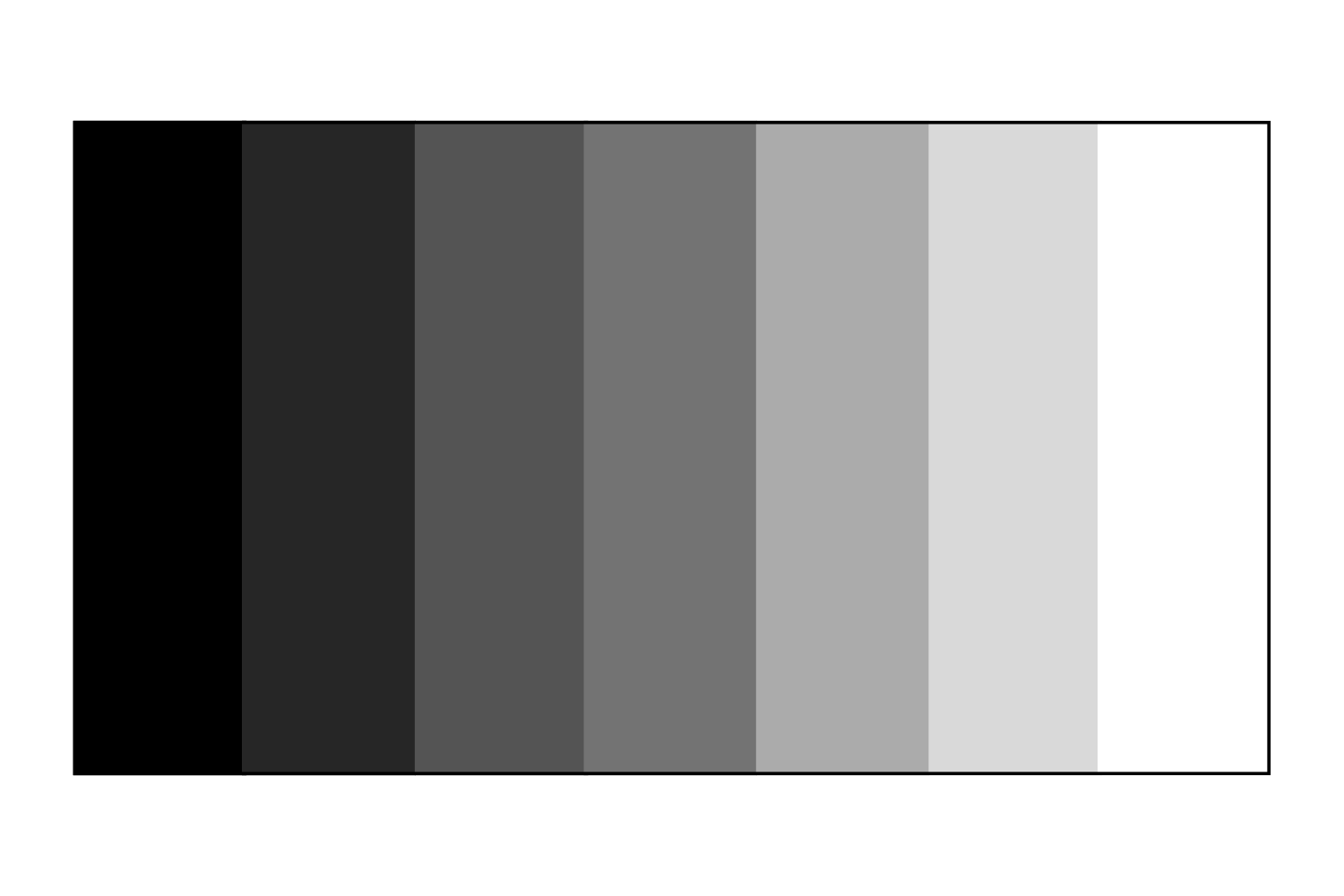
Value plays an essential role in realistic drawing and painting. One exercise that is very common in painting classes is to do several still-life paintings with only three values (black, gray, and white or light gray). You must avoid blending and focus on turning shadow areas into defined lines filled with each value’s paint.
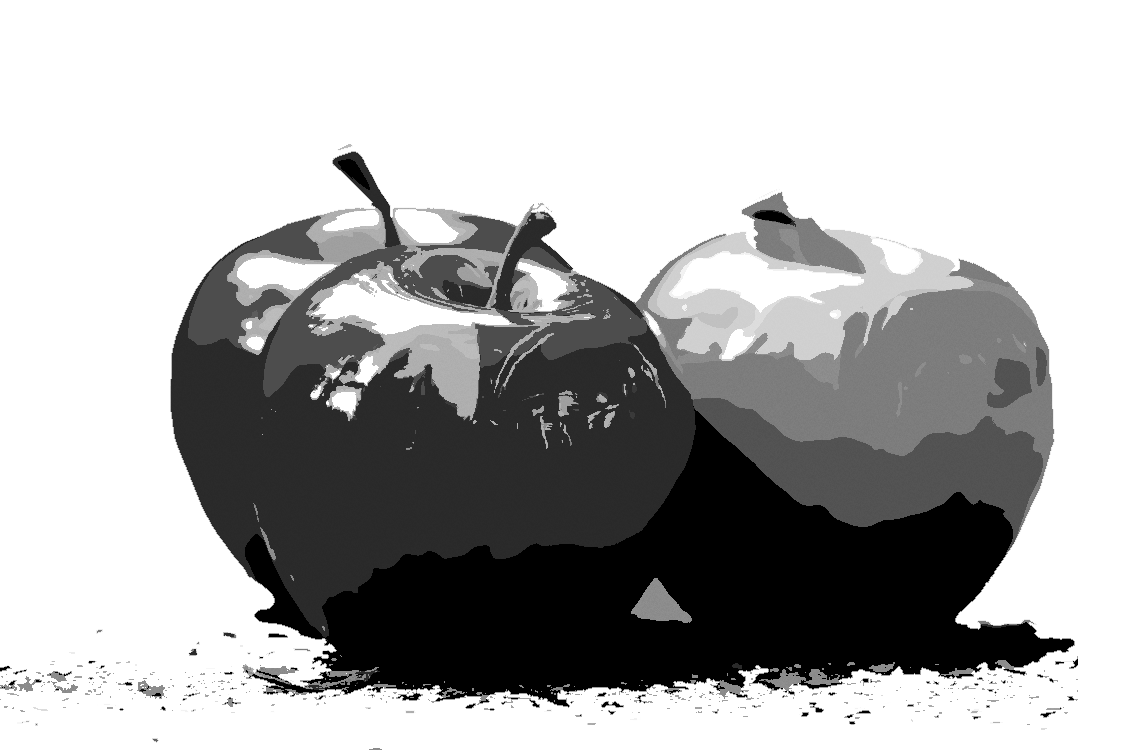
Value can change the way we perceive any object, photograph, scene, or artwork. It can create and shift the mood of a painting or composition. It can impact the perspective and create a more accurate three-dimensional feel by showing how the light moves over the surfaces. The contrast between high and low values plays an impactful role in the audience.
4. Form
Form in art generally means the shape and volume of a 3 dimensional figure. Form and shape are words that are often mixed in the art world but are very different yet still related. We can take any shape and make a form out of it by adding a third dimension; however, we can’t take any form and turn it into a single shape.
In art, any drawing can be made of shapes. However, a sculpture is the best representation of form.
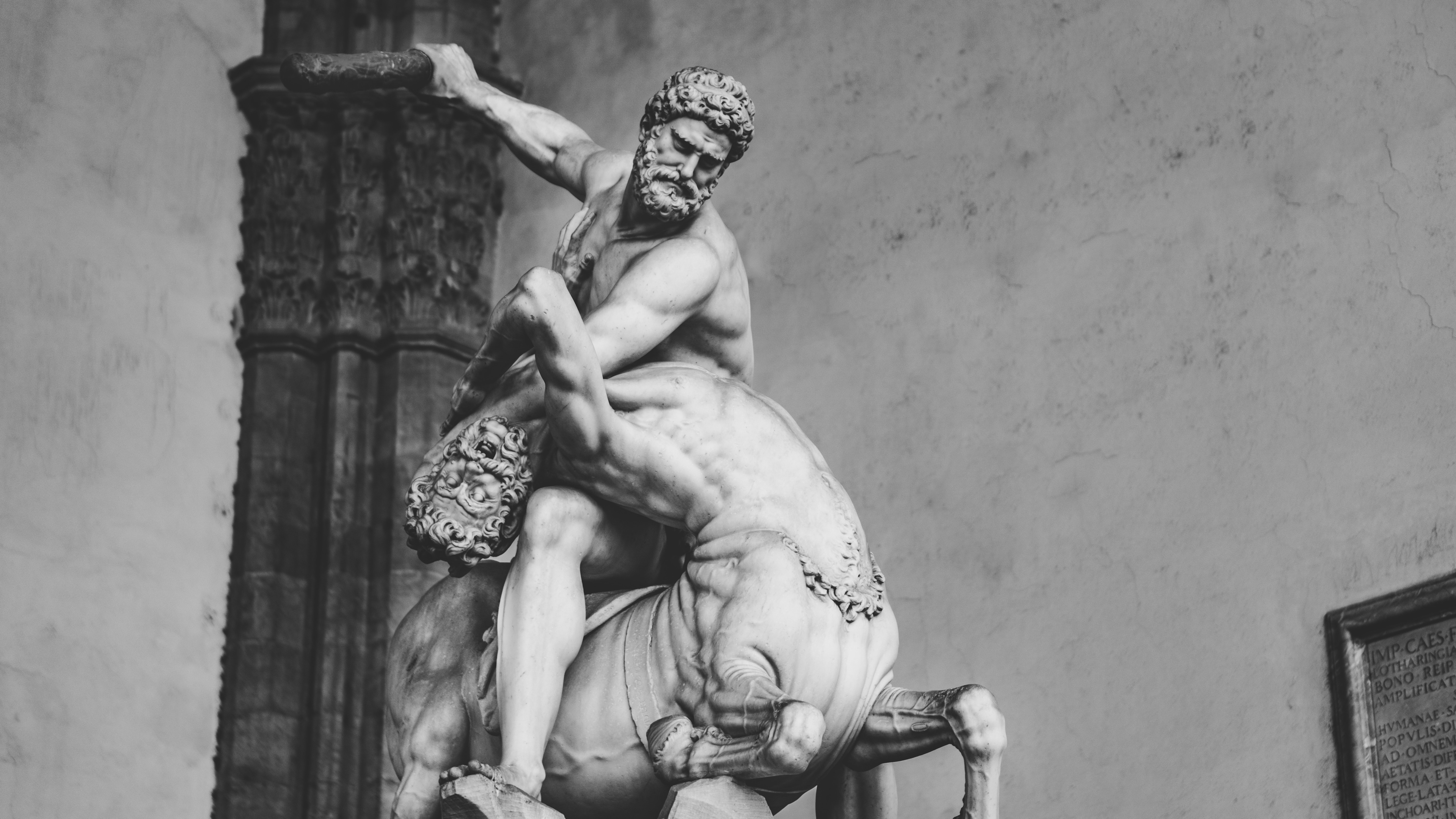
In drawing and painting, forms are implied since the artist is creating an illusion of three dimensions using different elements of art, such as value, color, and composition, while playing with light and shadow effects.
Geometric and Organic Forms
When you think of the word shape, you can think of the basic shapes. Like a square, a triangle, or a circle, however, adding a third dimension turns any shape into a form, like a square into a cube, a triangle into a cone or pyramid, and a circle into a sphere or a cylinder.
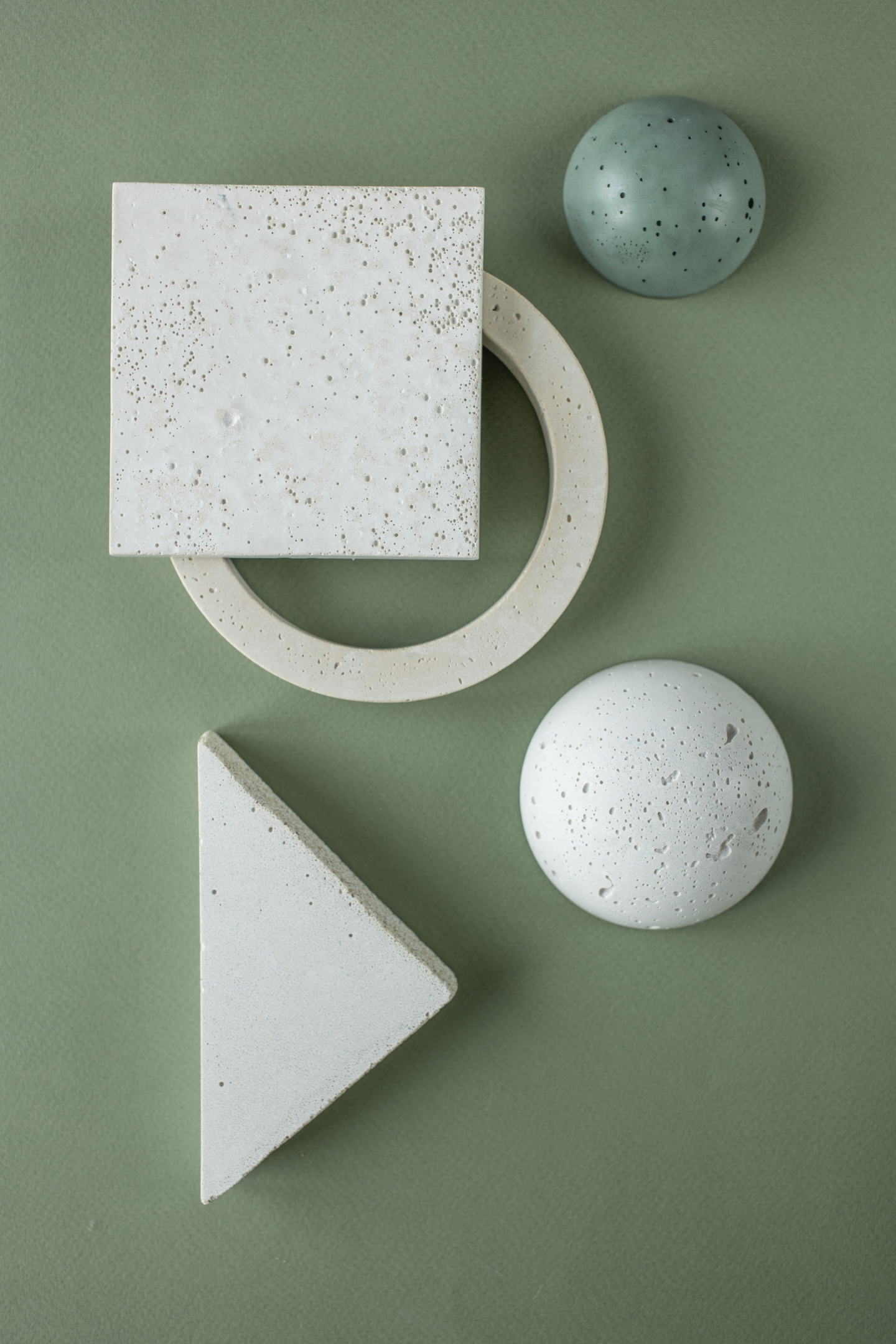
There are geometric forms and organic forms all around us. The most complex objects can be broken down into simple forms, helping simplify their structure and help understand them. So learning how to draw geometric forms from different angles and perspectives is quite helpful to build a strong constructional drawing base, and that is why “form” is one of the art fundamentals.
Most art fundamentals build your observational skills, but in order to master art, constructional skills are also necessary. It requires lots of practice to understand how to use form properly. Perspective skills are also needed, and the single element that brings it all together is value.
5. Anatomy
Anatomy in art is the study of the structure of the body (often the human body, but could also be the study of any living creature). The study of anatomy is an art fundamental that is very connected to form. An artist can study the anatomy of the human body without extended knowledge of medical terms; however, learning the structure of the human body, the placement of the muscles, the right proportions, etc., is crucial for an artist to excel at their craft.
Structure and Mannequinization
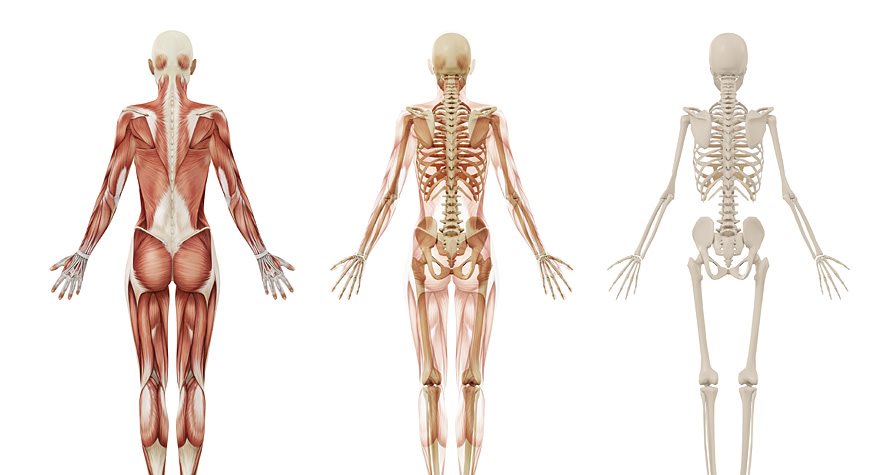
The human body is composed of many types of forms: bones, muscles, tendons, etc., making a very complex system of layers. The skeleton defines the structure of a body, its size, and the range of movement.
Basically, accurately drawing the human body will challenge each and every one of our skills and requires a solid foundation in all the other art fundamentals.
That’s where mannequinization comes in. Mannequinization is the process of turning the human body into simple forms that are easier to understand, move, and bend to our preference. Of course, previous anatomy knowledge is needed, but mannequinization makes everything in your anatomy learning journey so much easier.
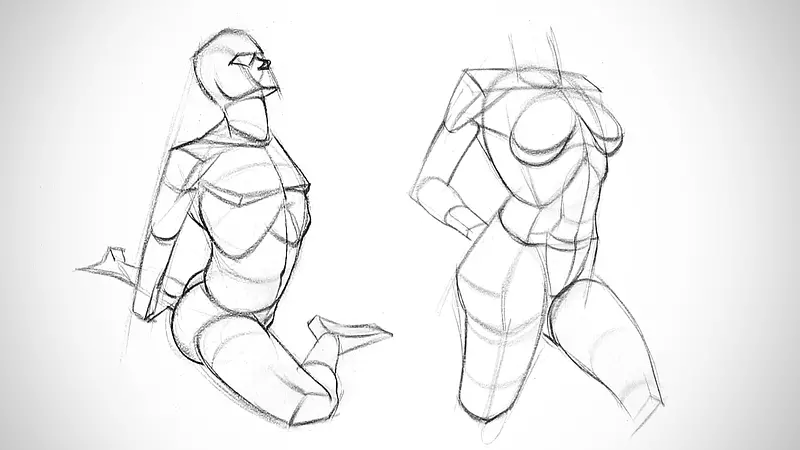
That’s where mannequinization comes in. Mannequinization is the process of turning the human body into simple forms that are easier to understand, move, and bend to our preference. Of course, previous anatomy knowledge is needed, but mannequinization makes everything in your anatomy learning journey so much easier.
Mannequization is an exercise that must be repeated thoroughly before jumping to the details.
The muscles, fat, and skin define the form of a body, the space it occupies, and the way the light interacts with it. However, capturing a figment of reality accurately becomes even more difficult if we add movement.
Gesture
Gesture or gesture drawing is the art of capturing the action of a pose in a quick sketch, not focusing on details, proportions, or accuracy but on capturing the essence of the pose, the flow, and the dynamism of the movement in a short period of time. Usually, gesture drawings are timed practices that last from ten seconds to five minutes.
6. Brushwork
Brushwork is the way painters use their brush to create their paintings. Brushwork is a fundamental skill that beginner artists often overlook since it tends to develop with time; however, those self-developed brushwork techniques have a limit.
The forms we create with a certain brush can change completely when done with another, same goes with painting techniques and mediums. That’s why it is vital to learn how to use each brush, how they interact with each medium, and most importantly, how we can use them in our favor to accentuate our work.
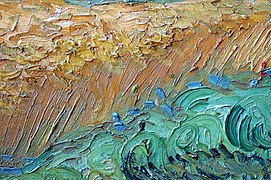
Brushwork isn’t only about making the paint flow easily across the canvas but to convey emotions, intentions, and sensations through each brush stroke. Brushwork must suit the artwork and the artist as well.
It requires practice and time to develop proper brushwork skills; we can take other artists’ works as references and, that way, find the style we relate to the most.
7. Perspective
Perspective is a technique we use to represent a three-dimensional object in a two-dimensional space. We use lines and shapes to establish a notion of space on our canvas. Perspective is one of the art fundamentals artists struggle the most with.
The idea of manipulating space is complicated, but mastering this skill early in your art journey will allow you to create realistic images and improve your composition skills as well.
Elements of Perspective
The basic elements of perspective are the horizon lines, the vanishing points, and the vanishing lines.
Perspective can change according to the viewer’s eye. We have the bird’s eye perspective, where the viewer’s eye and horizon line are above the objects. In this normal perspective, the viewer’s eye and horizon line are at the same level as the objects, and the worm’s eye perspective is where the viewer’s eye and horizon line are at the ground level.
We can also find different perspectives for the vanishing points, for example:
One Point Perspective
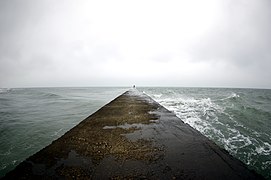
In one point perspective or single-point perspective, all the vanishing lines lead to the single vanishing point on the horizon line. We can see this perspective most frequently in photographs and classical paintings.
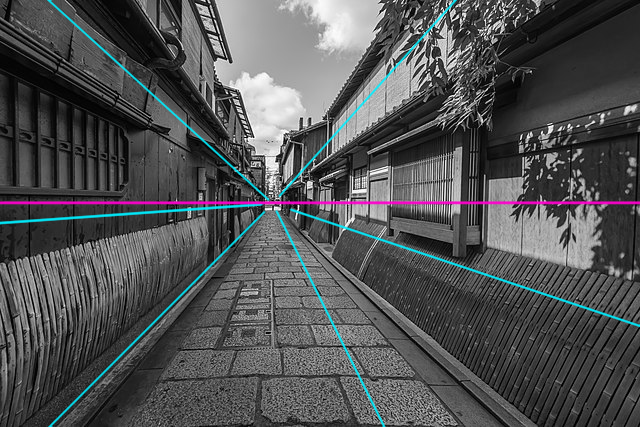
One-point perspective is the easiest way to start practicing this skill. Drawing the basic forms from different angles will train your brain and establish a solid foundation for more complex forms and objects. You can find great content on Youtube, along with examples and exercises that will help you start learning this fundamental skill.
Two Point Perspective
Two point perspective, also called corner perspective, is most commonly used to draw buildings or interiors. This perspective consists of placing two vanishing points on our horizon line and intersecting these lines to create shapes and forms.
Two-point perspective tends to be more complex than one-point perspective because, most of the time, the canvas is large enough to contain both vanishing points, so the artist needs to calculate the space either using special tools or pure skill.
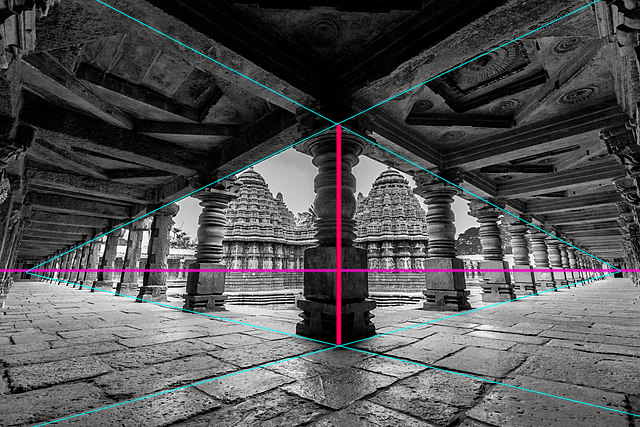
It is important to understand the basic principles of perspective and dedicate long periods of focused practice to master this skill. One exercise that is useful for beginners is to take photography and identify the perspective, then reproduce it on a sheet of paper using a pencil and a ruler.
Three Point Perspective
Three-point perspective is the closest representation of reality we can get. However, it is tough to perceive unless the viewer’s eye is far away. The effect of the three-point perspective is very dramatic since there isn’t a canvas big enough to let the vanishing points be proportionate to reality, so it’s often used to give a dramatic effect to the artwork.
Conclusion
Learning the art fundamentals is like learning art, or learning anything else, it will take time, energy and sometimes, money. We advise you to get a solid base on value form, perspective and composition before moving to the other art fundamentals. You can find great online courses and Youtube videos that will walk you through the basics in art, there are also multiple sites where you can get references so you can build your own visual library or get inspiration from.
You don’t have to pressure yourself to master all the fundamentals at once, but build slowly your foundations and remember, one should always be open to learning new things. The 7 fundamentals mentioned above will be a solid foundation for growth as an artist, art enthusiast, or designer. We hope you’ve enjoyed this article and found it helpful. If you’ve read this far, thank you! Please drop us a line at admin (at) artlex.com to let us know how we did.
